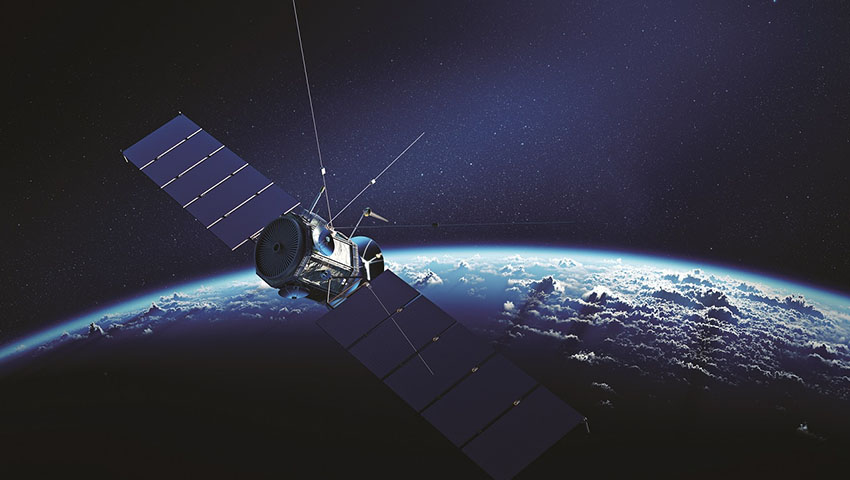
Asteroid 2019 MB4, a rock measuring an estimated 19.5 metres in diameter, made its closest approach on 9 July, coming just 315,000 kilometres from the Earth, a distance closer that the moon’s orbit.
Asteroid 2019 NN3 was to make its closest approach on Wednesday, coming within 320,000 kilometres, according to the NASA Jet Propulsion Laboratory.
Australian firm High Earth Orbit Robotics, which tracks passing asteroids, said this was an object near nearly 40 metres across, as large as an Airbus A320 aircraft.
A worry is that Asteroid 2019 MB4 was only discovered on 29 June while 2019 NN3 was first observed on 31 May.
Both are classed as potentially hazardous objects because they orbit within 0.05 astronomical units – the distance from the Earth to the sun – of the Earth.
Asteroid strikes on Earth have long been a staple of science fiction movies. While the chances are low the consequences could be devastating for life on Earth. An asteroid strike is believed to have made the dinosaurs extinct.
In 2013, a large meteor passed high over the Russian city of Chelyabinsk at more than 60,000 km/h, exploding with 30 times the energy of the Hiroshima atomic bomb, damaging more than 7,000 buildings in six cities and injuring more than 1,500 people.
In 1908, a large meteor struck an unpopulated region of Siberia with the force estimated to be equivalent to a 15 megaton atomic bomb.
Consequently scientists have been thinking seriously about how to deal with such a threat.
In May, NASA administrator Jim Bridenstine warned that the threat of a potentially devastating asteroid impact was real and we needed to get serious about planetary defence.
There are currently two space missions under way to examine near-Earth non-threatening asteroids, the Japanese Hayabusa2 spacecraft visiting Ryugu and the NASA OSIRIS-REx probe to Bennu. Both are science missions.
NASA will conduct the first ever purely planetary defence mission in 2022. That’s the DART – double asteroid redirection test – in which a probe will be smashed into a (non-threatening) asteroid to determine if its orbit can be altered.
The target asteroid is one of two in travelling in close proximity and orbital variation will be readily detected as its path diverges from its companion.
The US government has charged NASA with keeping watch for potentially harmful asteroids. That’s done through a network of ground-based telescopes and a single space-based infra-red telescope.
Last month, a report of a committee of the US National Academies said a new purpose-built space-based infrared telescope was the best way to meet Congress’ goal of identifying all potentially harmful near-Earth objects (NEOs) of at least 140 metres in diameter by the end of 2020, a goal unlikely to be met.
NASA said the proposed new satellite telescope, which it calls NEOCam, would be the best way to achieve that goal but it’s yet to be funded.
NASA planetary defence officer Lindley Johnson said its planetary defence program did not have sufficient budget to pursue the full mission at this time.
Receive the latest developments and updates on Australia’s space industry direct to your inbox. Subscribe today to Space Connect here.









